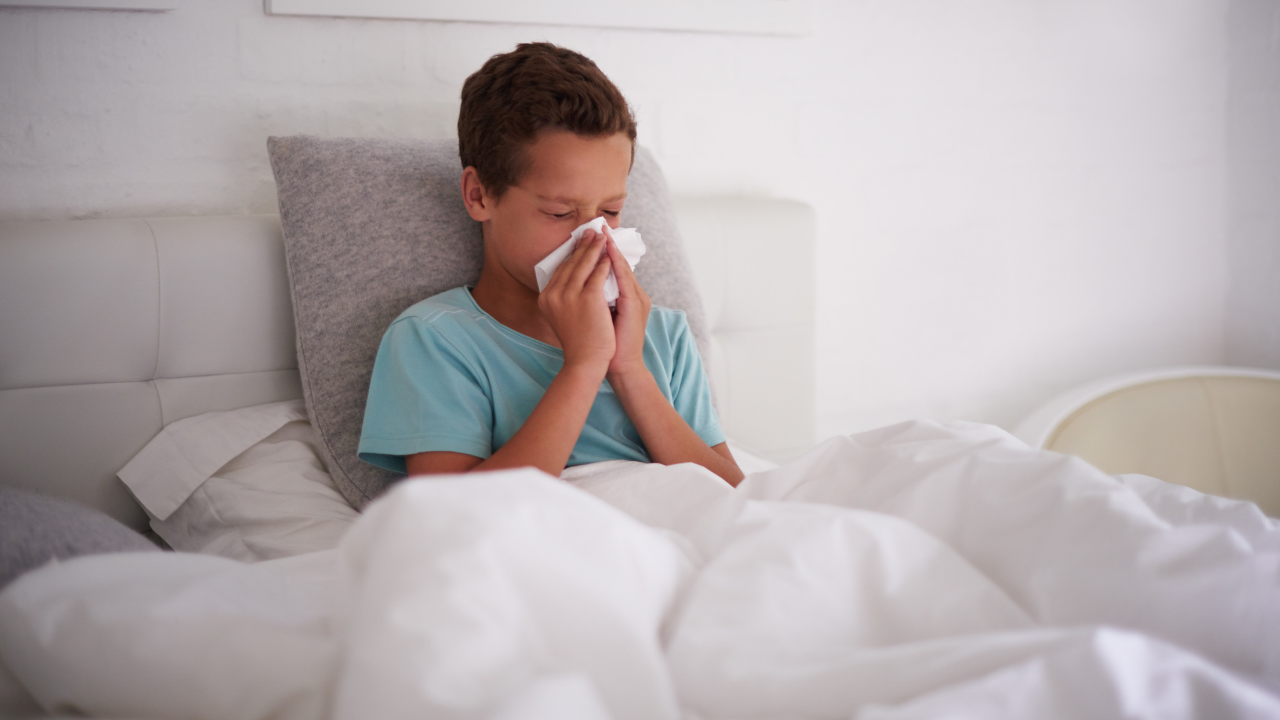What Are These Bumps? A Pediatrician’s Guide to Molluscum Contagiosum
As a pediatrician at Blueberry Pediatrics, I often get messages from concerned parents asking about small, skin-colored bumps that have suddenly appeared on their child’s skin. One of the most common culprits? Molluscum contagiosum.
This viral skin condition is harmless but stubborn, and understandably confusing for parents. Here’s what you need to know—from diagnosis to treatment to prevention.
What Is Molluscum Contagiosum?
Molluscum contagiosum is a viral skin infection caused by a poxvirus. It creates small, dome-shaped bumps with a dimple in the center. These bumps are usually:
- Skin-colored or slightly pink
- Smooth and firm
- About the size of a pencil eraser
- Found on the trunk, arms, legs, or face
While they’re not dangerous, they can spread easily and last for months to even over a year.. They eventually resolve on their own without treatment.
How Did My Child Get This?
Molluscum spreads through skin-to-skin contact or by sharing items like towels, clothing, or toys. It’s especially common in:
- Children under 10
- Daycare and school environments
- Kids with eczema or sensitive skin
- Siblings or playmates in close contact
- Children who live in hot and humid climates
Though not painful, the bumps can be itchy or become red and inflamed if scratched or irritated.
How Is It Diagnosed?
In most cases, we can identify molluscum just by looking. No lab test is needed. If you send us a photo through Blueberry Pediatrics or schedule a virtual consult, we can confirm the diagnosis and offer next steps.
Should I Be Worried?
Molluscum is not harmful, but it can be frustrating. The virus doesn’t cause long-term damage, but the bumps:
- Can multiply and spread across the body
- Might leave scars if scratched or infected
- Can linger for 6–12 months or longer
- Can spread to siblings or other family members
Some children clear the virus in a few months; for others, it can take over a year. Thankfully, molluscum does not typically leave scars.
Treatment Options
Treatment isn’t always necessary—especially if the bumps are few and not bothersome. However, we may recommend:
- Topical creams (like retinoids or immune-boosting agents)
- Cryotherapy (freezing the bumps in a doctor’s office)
- Cantharidin (a blistering agent applied in-office)
At-home remedies exist, but consult your pediatrician first to avoid skin irritation or infection. Try to avoid popping these lesions, as it can cause further spread or infection.
What Can I Do to Prevent It from Spreading?
- Encourage frequent handwashing
- Avoid sharing towels, razors, or personal items
- Bath children separately
- Cover bumps with clothing or bandages during play or sports
- Discourage scratching or picking
If your child has eczema, treat flare-ups promptly to reduce susceptibility.
Can My Child Go To School?
In short, yes. Molluscum contagiosum is contagious when there are active sores, however children can continue attending school and activities. It is important to cover the affected areas with a water proof bandage, in order to help prevent spread.
When to Call Us
Reach out to Blueberry Pediatrics if:
- You notice new or spreading bumps
- The rash is red, irritated, or infected
- Your child is scratching excessively or seems uncomfortable
- You want help managing treatment at home
We're here to support you with photo-based diagnoses, treatment recommendations, and ongoing care advice—no in-person visit required.
Final Thoughts
Molluscum contagiosum may look strange or concerning, but it’s very common and manageable. With some patience, gentle care, and help from your pediatrician, your child will be bump-free in time.







.svg)






.svg)
.svg)